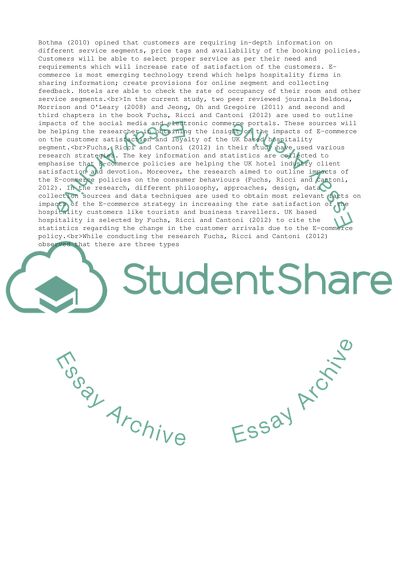Cite this document
(“Management Essay Example | Topics and Well Written Essays - 2000 words - 26”, n.d.)
Management Essay Example | Topics and Well Written Essays - 2000 words - 26. Retrieved from https://studentshare.org/management/1692917-management
Management Essay Example | Topics and Well Written Essays - 2000 words - 26. Retrieved from https://studentshare.org/management/1692917-management
(Management Essay Example | Topics and Well Written Essays - 2000 Words - 26)
Management Essay Example | Topics and Well Written Essays - 2000 Words - 26. https://studentshare.org/management/1692917-management.
Management Essay Example | Topics and Well Written Essays - 2000 Words - 26. https://studentshare.org/management/1692917-management.
“Management Essay Example | Topics and Well Written Essays - 2000 Words - 26”, n.d. https://studentshare.org/management/1692917-management.


